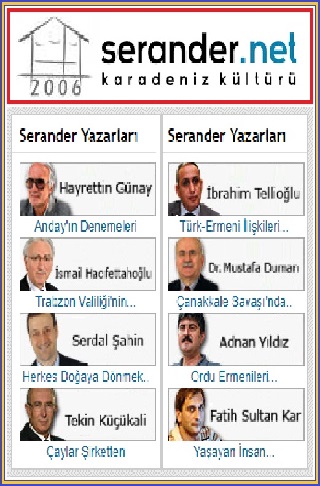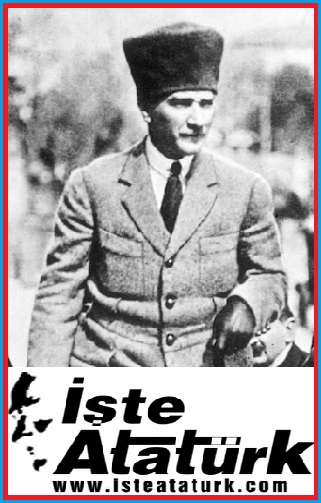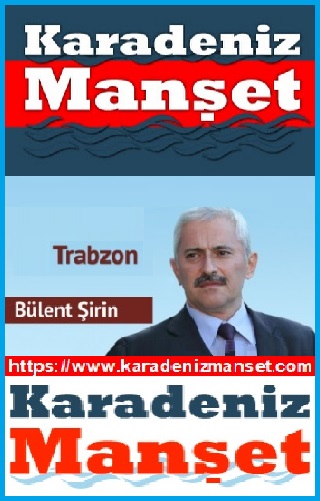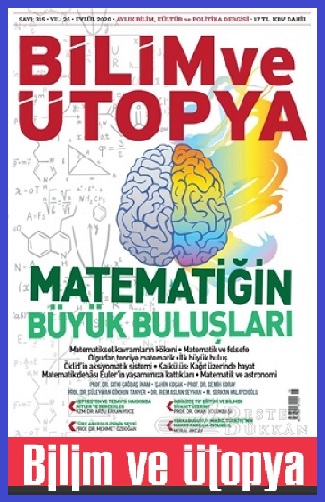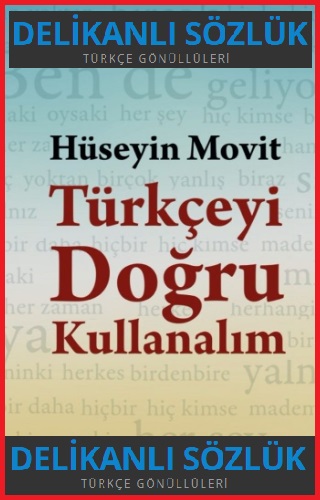HOW
TRUMP CAN DESTROY KIM JONG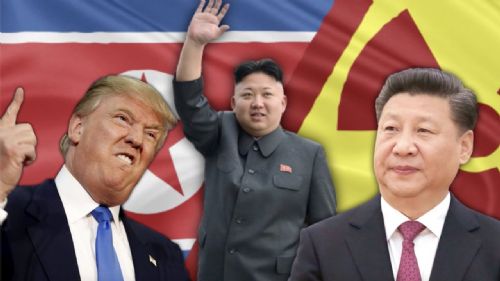
How
Trump Can Destroy Kım Jong Un’s Nukes Wıthout Blowıng Up The World
In the long view of history, North
Korea getting a nuclear-tipped intercontinental missile in 2017 is the rough
equivalent of an army showing up for World War II riding horses and shooting
muskets.
Nukes are so last century. War is
changing, driven by cyberweapons, artificial intelligence (AI) and robots.
Weapons of mass destruction are dumb, soon to be whipped by smart weapons of
pinpoint disruption—which nations can use without risking annihilation of the
human race.
If the U.S. is innovative and
forward-thinking, it can develop technology that ensures no ill-behaving
government could ever get a nuke off the ground. Then we might be able to relax
and return to laughing at Kim Jong Un for looking like the Stay Puft
Marshmallow Man topped by a
small furry mammal. 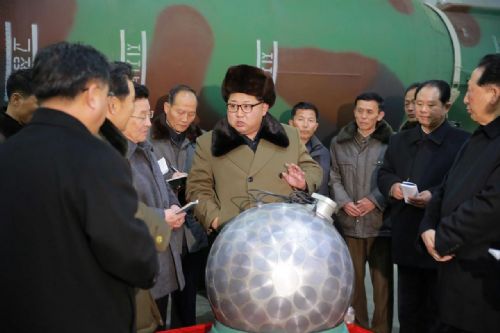
Keep Up With This Story And More
By Subscribing
A
combination of portraits of North Korean leader Kim Jong Un and of U.S.
President Donald Trump.
LUCAS JACKSON/FILE PHOTO/REUTERS
This is the argument in a new book, Striking Power: How Cyber,
Robots, and Space Weapons Change the Rules of War, by international law professors
John Yoo (University of California, Berkeley) and Jeremy Rabkin (George Mason
University). Their book connects war and nuclear weapons to a profound shift in
the way the world works. We’re moving away from an era of mass production, mass
media and mass markets, and into an era when products, media, markets and
everything else are hyper-targeted and highly personalized. I’ve been
researching that broad shift for a book that comes out in March, and it makes
sense that it applies to war too. 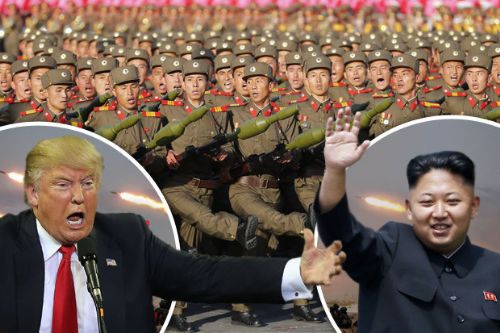
Economics of the 20th century were
all about the masses. To be successful, a factory would strive to make the same
product for the most people. TV networks sought to air least-common-denominator
shows that would appeal to the broadest audience. In such a milieu, bigger
usually won. Economies of scale ruled, “so we saw huge armies with identical
mass-produced weapons that were cheap to make and caused a lot of
indiscriminate destruction,” Yoo tells me.
World War I was the first
mass-market war, as reflected in its grim statistics: the Allies lost 5 million
killed, 12.8 million wounded; the Central Powers lost 8.5 million killed,
21 million wounded. “Efficiency did not stop with the production of consumer
goods,” Yoo and Rabkin write. “It extended even to the business of killing.”
Nuclear weapons multiplied those economies of scale—the goal was to make one
big weapon that could wipe out whole cities. Nobody ever built a more efficient
mass-market killing machine.
These days, that mentality is
morphing. Think about the way Facebook, Google and Amazon use AI to learn
about you and effectively market directly to you. You’re becoming more of a
market of one instead of a plebe in the mass market. The more technology can
customize products, the more we’ll demand products built just for each of us,
not mass-produced stuff made for everybody. 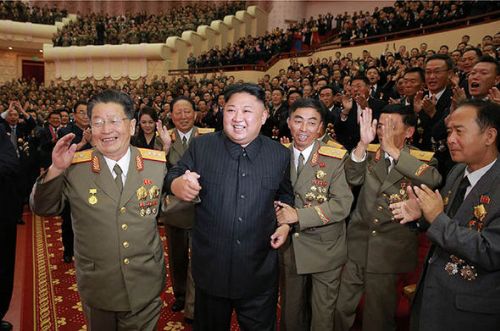
In the military, this
hyper-targeting is exactly what drones are about. Instead of leveling a
village, as the U.S. did in Vietnam (watch Ken Burns’s new
series), we
would build one robotic flying machine to seek out and kill a targeted
individual. As Yoo and Rabkin point out, the Obama administration deployed a
software virus called Stuxnet in 2010 to disrupt Iran’s nuclear
weapons program but do no other damage. “Cyberweapons have this precision
effect, and they don’t destroy anything or kill anyone,” Yoo says.
Last year, Russia taught us a
lesson in new-century warfare, if you can even call it warfare. Multiple
intelligence agencies have concluded that Russia essentially achieved regime
change in the U.S. by relying on narrowly directed hacks and hyper-targeted
influence campaigns, like those fake ads that Facebook recently revealed. After nearly 70
years of pointing nukes at the U.S., Russia just had its most disruptive impact
on it with nothing but computer code.
All of this suggests an approach
to North Korea that has little in common with threatening “fire and fury like the world has
never seen,” as President Donald Trump so quaintly put it. He’d have been
barely less in sync with the times if he’d promised to make it rain for 40 days
and 40 nights. 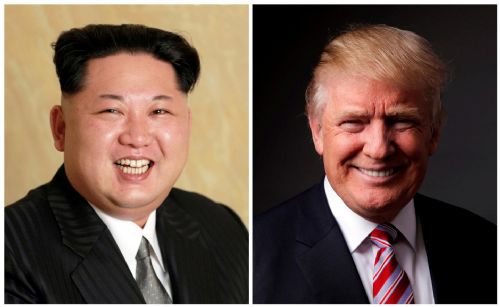
Instead, Yoo suggests, the U.S.
should go on the offense with cyberweapons designed to do things like make
missiles malfunction (which maybe it has already done, but shh!), erase data
from military computers, wipe out the country’s bank accounts or even steal and
publicize Kim’s smoochy emails to Dennis Rodman. It might send out tiny, barely
detectable, AI-driven drones that work together like swarms of bees to take out
key assets or people. In the longer run, Yoo says, it’s feasible to develop
satellite-based anti-missile technology armed with AI that could watch other
nations, learn what an impending missile launch looks like and immediately fry
the thing with lasers.
This isn’t to say robot and
software weapons are not dangerous to the world. They could do enormous damage
and lead to many deaths if they disrupt the systems—power, water, food,
communications—that keep societies going. Something like the mutually assured
destruction deterrent of the nuke era must emerge—a knowledge that retaliation
in kind is likely, so everybody better cyber-behave. You might call it a new
code war. At least it seems less terrifying than wondering if a nutjob is going
to lob an atomic missile into Beverly Hills. 
If the U.S. plays it smart, it
will move out of the atomic age of war and into the AI age of war, and render
Kim’s nuclear ambitions meaningless. Of course, that would require leadership
from a tech-savvy, innovative and forward-thinking American president—so…oops.
“New technology gives countries
more options than just the tragic choice of either let this madman have a
nuclear arsenal or trigger a conventional war,” Yoo says. Ultimately, we’d like
to be able to say to Kim or any nuke-seeking leader: Yeah, go ahead and build
that useless weapon. What are you going to do next, develop a crossbow.? 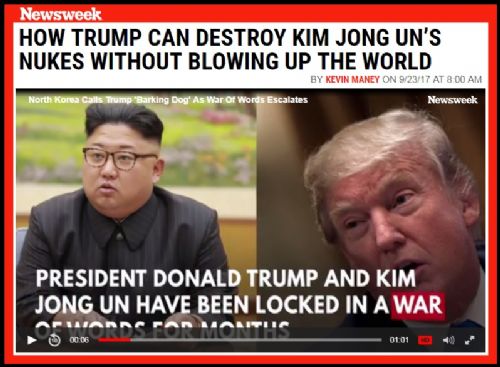
BY KEVIN MANEY ON 9/23/17 AT 8:00 AM
@ #Medya
Günebakış
Ökkeş Bölükbaşı, İstanbul – Eylül.2017 – okkesb61@gmail.com,
| 





























